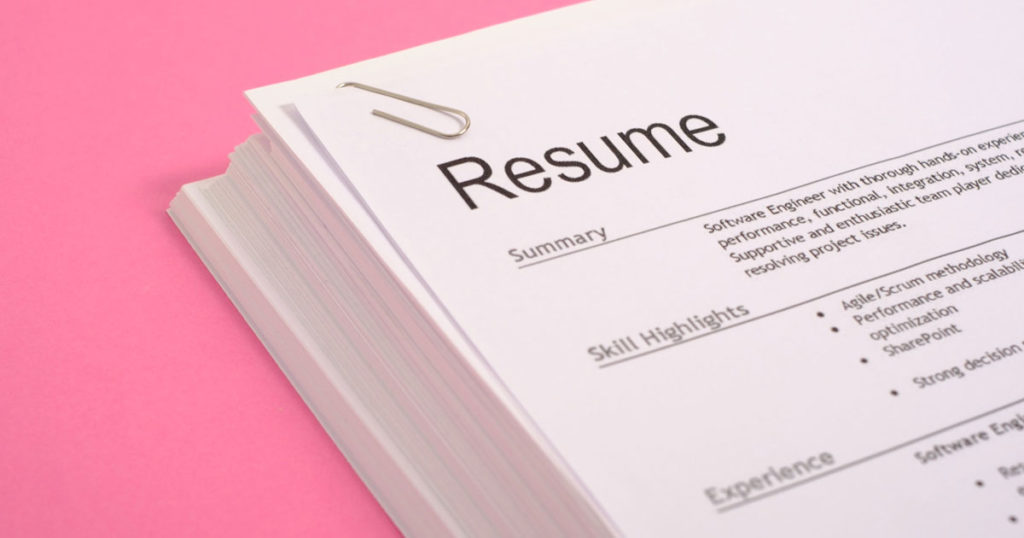You’re Good – Does Your Resume Show It?
By: American Nurses Association
10 Nursing Resume Tips & Tricks from the Pros
-
- Make an Effort
Human resources pros, recruiters, and hiring managers see A LOT of resumes. Anything you can do to make yours stand out is worth it. This means organizing it well, and leaving some space between information. Keep it brief and make it look good, maybe enlisting the help of a graphic designer friend or using an attractive resume template. - Put Cred & Contact Info Up Front
If they see nothing else, they should see your credentials and contact information fast and easily. Don’t make people hunt. Your name, credentials, phone, and email should be right at the top and bold. Put all your credentials and certifications behind your name. Don’t make recruiters work too hard to find these out! - List Your Skills & Certifications
This should be a separate and bulleted section, listing accreditations, expiration dates, equipment expertise, special training, and relevant computer skills including charting systems. Make this a simple, scannable list in descending order for easy readability. - Pro Tip on Professional Experience
Tell the story of your nursing journey. List jobs in reverse chronological order, with the most recent at the top. Include a description of where you worked, unit, and type of nursing. Add the number and types of patients. Include duties you performed in addition to direct patient care, such as charge nurse, trainer, or quality assurance board member. A good resume shows increasing responsibilities with increasing experience. - Bullet Info
Resumes are not novels! No matter how much you want to write a long, descriptive section about working on a pediatric burn ward, don’t. Resumes should be read at-a-glance, in bullet points, in a logical order: name, contact, credentials, and work experience (recent to past). - Education At-a-Glance
This section should include all professional degrees you’ve earned, with the institution’s name, city and state, and dates you attended. For degrees in progress, include the projected completion date. - Proof the Heck Out of It
Have fresh eyes look it over. Use auto-correct and spell-check. Pay attention to the fact that many medical terms get changed to more common words by proofing software. “Neuro” becomes “moron,” for instance. - Give It a Smart Name
Don’t call the digital resume file “myresume.doc.” Instead, export the file to a PDF and use your name and date in the file, like this: “JaneDoeRNresume2019.pdf.” - Professional Email Address, Please
“[email protected]” and “[email protected]” were cute in school, but not for your career. Prospective employers don’t want to see that. For your professional future, select an email address that includes your name and, if you wish, your credentials. - Add an Objective Statement
This at the top of your resume lets employers know what you’re looking for in nursing positions. Hiring managers need to know if the position they’re filling is something an applicant would want to do. Keep it concise and use quantifiable statements and powerful action verbs, such as “charge nurse with 10 years of experience leading a maternity ward team of 15 to 20.”
- Make an Effort
Learn more about fine-tuning your resume online at ANA Career Center.
Show off your new and improved resume at our next Virtual Career Fair. Mark your calendars and you could win prizes for attending.




Sorry, the comment form is closed at this time.